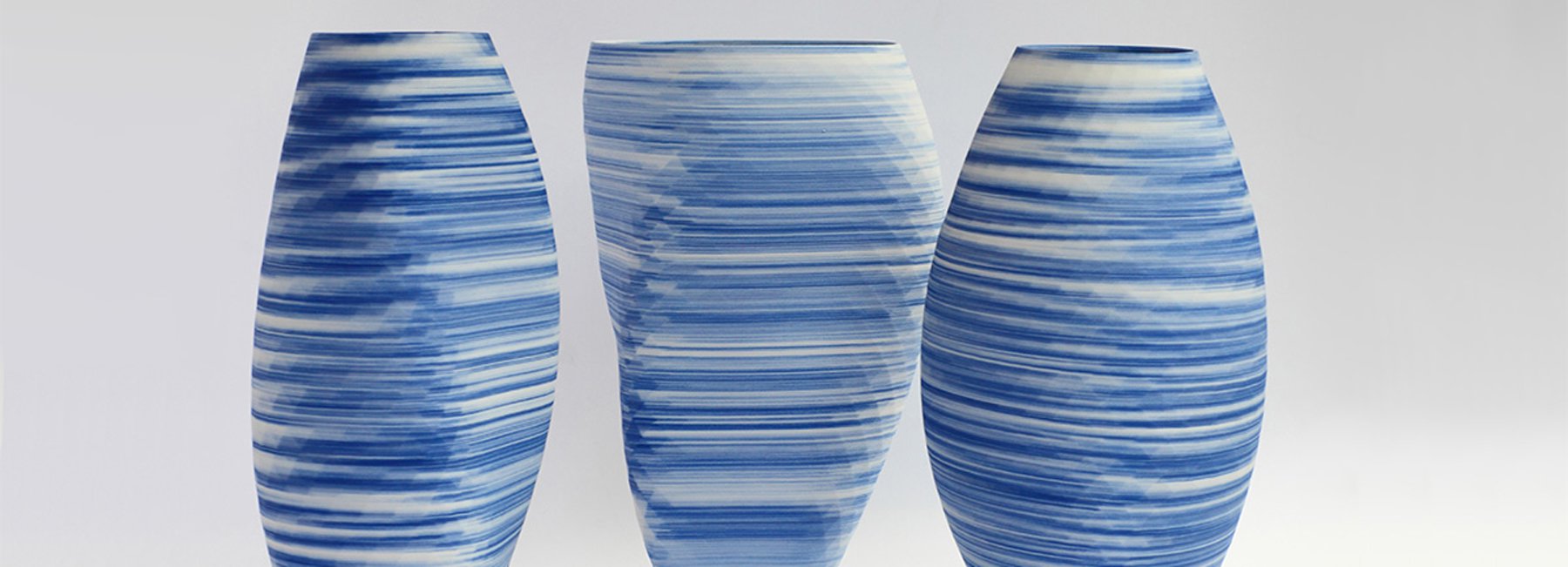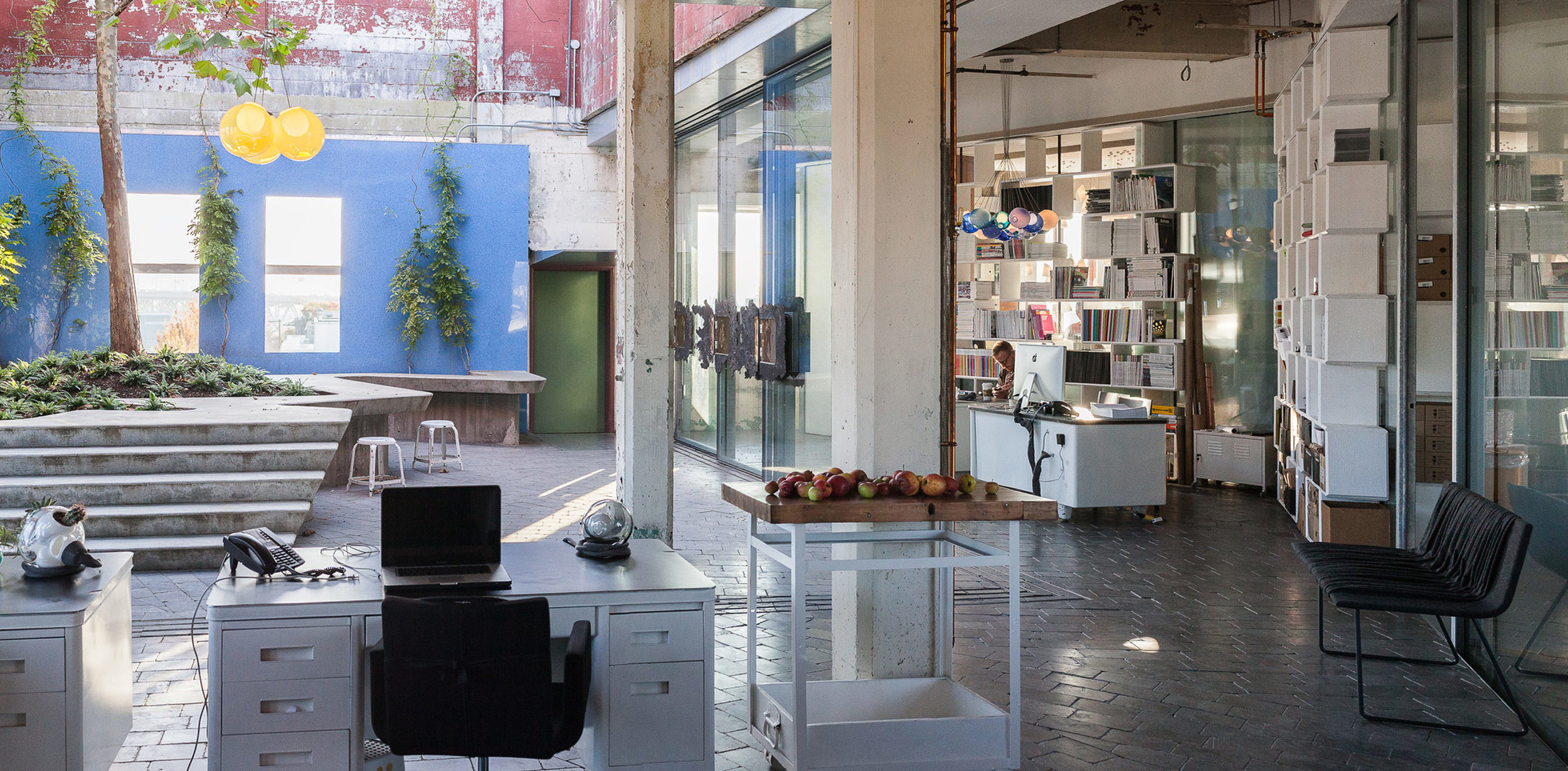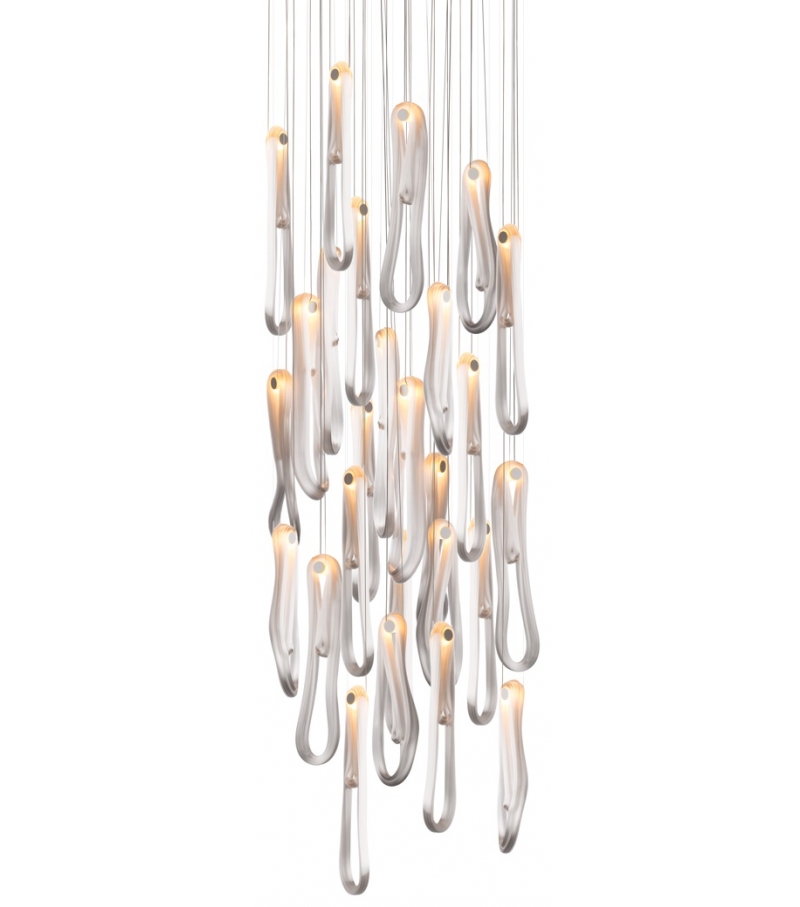Founders of Istanbul-based design publication in-between.online, Bilgen Coşkun and Dilek Öztürk discussed 2019 Design Concepts and Maison&Objet experience at Assembly Ferko Signature on December 19, in collaboration with Maison & Objet.
Environmental crises such as climate change, natural resource consumption, plastic use, and threats to oceans and the food chain are leading us to reevaluate our consumption habits and production. The attitudes we develop individually, when combined with production in the design scene, spread out from individuality to wider spheres of influence.
Macroscale social and economic transformations; has always been a trend in the world of architecture and design and has been the representative of its own time.Alice Rawsthorn talks about using design actively and strategically in different fields such as politics in her book “Design as An Attitude”, one of the most important design critics of 2018. The book actively responds to the transformations in the world we live in today, not only in theory but also in practice, and we all feel a mission and responsibility to create a positive impact in society.
The January 2019 theme of Maison & Objet, one of the most comprehensive design events in the world; He argues that in this process, the concept of identity is questioned and a new concept of universal belonging develops through identity.
The theme for January 2019, determined by Maison & Objet in collaboration with global trend agency Nelly Rodi, is “Excuse My French!” delevelops on contrasting everything that is stereotypical about identity. Within the scope of 'Excuse My French', references representing cultural and social heritage are translated today under 4 different themes:
New wave
The new generation that believes in multicultural production symbolizes a new trend that allows hybridization, accepts difference and celebrates the differences of the world. This movement; open to change, discoveries, sharing, collaborations and fusion.
Dimore Studio
Dimore Studio and Dimore Gallery, founded by Britt Moran and Emiliano Salci, continuing their work in Milan, are among the most important representatives of this movement today.
Dimore reinterprets the maximalist style, especially in interiors, as a response to the minimalist attitude that has developed under the leadership of the Bauhaus and other modernist schools for over 100 years. Dimore combines pop and vintage elements, dialogues with the audience through strong circles of curated, emotional storytelling.
On the other hand, Pet lamp project, is a project that interprets design on social entrepreneurship and integrates craft culture into the contemporary design scene. The project recycles waste plastic bottles with local weaving techniques. It is one of the best examples of today, representing our sensitivity to our social and physical environment through a design project that creates social benefit.
New tech
It represents a new generation of entrepreneurs and a trend that develops new markets and products through technology and networks. In this trend; concepts appealing to the five senses come to the fore through the manipulated reality with smart tools and the possibilities of technology.
Olivier Van Herpt is one of the most important representatives of this trend in the contemporary design scene with the three-dimensional ceramic objects he developed. It represents a new aesthetic understanding created with material developed through 3D technology. The designer, who takes a "disruptive" approach in developing production tools for the realization of the design, also triggers human and machine interaction and cooperation. Olivier opens an important topic for today's design debate on whether the product or the tool designed to produce the product has design value.
Benjamin Hubert, on the other hand, is the representative of the concept of “intelligent industrial aesthetics” in this trend. He is also an active entrepreneur. He offers the user safe and new possibilities in that smart products are not a scary future, but an auxiliary product that we can use in our daily life. At the same time, he distinguishes himself as one of the most important representatives of the generation that responds to today's changing world with his constructive productions through his collaborations.
Production House
Small production houses have revolutionized the design landscape from past to present. The distribution of the creative product development cycle as furniture, accessories and objects takes place on a selective and exclusive basis in this landscape.
A generation that produces by hand and concentrates on one field, develops its own "mono-concept" creates today's "design houses".
Canadian lighting brand BOCCI is one of the most important representatives of the artisanal process, which opens up to the world from a workshop and captures a different form in every product with the logic of hand-made production. The brand connects its experimental design approach with creative management and craft.
Classic with a twist
The coming together of different styles, the meeting of unexpected worlds are important values that changes the classical perception in the world. Style in this trend; interpreted as a combination of ancient and contemporary values.
Today, Mansur Gavriel is one of the most important representatives of this trend in terms of making users experience the brand style in retail, web and communication channels.
Gavriel, who founded the first luxury consumer brand of the Millennial generation, developed a unique color palette while maintaining his brand, which he started with a "bucket" bag, with minimal clear cuts and forms. Mansur Gavriel's fiction; from the product to the store, from the online experience to the sales platform; It sits on a club mentality.
Nada Debs is a designer who lives between Beirut and Japan, completed her education at the Rhode Island School of Design in the USA and continues her work in Beirut today. Nada is a representative of the generation that combines the experience gained in the global with the local. She combines textures and knitting techniques from Japanese culture with Beirut craftsmanship. Thus, she represents designers who respond to the environmental and social crises we live in today by adding a personal interpretation with using existing materials, references and cultural heritage, without the need to discover and therefore consume something new to make a new design.
Sebastian Herkner who is selected as Maison&Objet designer of the year in 2019, is the representative of the culture of collaboration. He combines tradition with technology and craft, learns from the street, and changes the hierarchy we are used to in the cycle of design and consumption.
This year, we will see young talents from China at the Maison & Objet Rising Talents awards. Young designers to represent China's design potential were selected by the jury team consisting of Liu Xu, Xing Tong-He, Qu Guangci, Tom Dixon, Luca Nichetto, Neri & Hu.

































